Project may enable aircrafts powered by electric motors
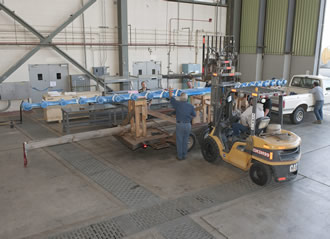
The arrival of a unique experimental demonstrator at NASA Armstrong Flight Research Center may herald a future in which aircrafts are powered by electric motors. The Leading Edge Asynchronous Propeller Technology (LEAPTech) project will test the premise that tighter propulsion-airframe integration, made possible with electric power, will deliver improved efficiency and safety, as well as environmental and economic benefits.
Over the next several months, NASA researchers will perform ground testing of a 31-foot-span, carbon composite wing section with 18 electric motors powered by lithium iron phosphate batteries. The experimental wing, called the Hybrid-Electric Integrated Systems Testbed (HEIST), is mounted on a specially modified truck. Testing on the mobile ground rig assembly will provide valuable data and risk reduction applicable to future flight research. Instead of being installed in a wind tunnel, the HEIST wing section will remain attached to load cells on a supporting truss while the vehicle is driven at speeds up to 70mph across a dry lakebed at Edwards Air Force Base. Preliminary testing, up to 40mph, took place in January at Oceano County Airport on California’s Central Coast.
The LEAPTech project began in 2014 when researchers from NASA Langley Research Center and Armstrong partnered with two California companies, Empirical Systems Aerospace in Pismo Beach and Joby Aviation in Santa Cruz. ESAero is the prime contractor for HEIST responsible for system integration and instrumentation, while Joby is responsible for design and manufacture of the electric motors, propellers, and carbon fibre wing section.
The truck experiment is a precursor to a development of a small X-plane demonstrator proposed under NASA’s Transformative Aeronautics Concepts programme. Researchers hope to fly a piloted X-plane within the next couple years after removing the wings and engines from an Italian-built Tecnam P2006T and replacing them with an improved version of the LEAPTech wing and motors. Using an existing airframe will allow engineers to easily compare the performance of the X-plane with the original P2006T.
Each motor can be operated independently at different speeds for optimised performance. Key potential benefits of LEAPTech include decreased reliance on fossil fuels, improved aircraft performance and ride quality, and aircraft noise reduction.
LEAPTech is a key element of NASA’s plan to help a significant portion of the aircraft industry transition to electrical propulsion within the next decade. According to Mark Moore, an Aerodynamicist at Langley, “LEAPTech has the potential to achieve transformational capabilities in the near-term for general aviation aircraft, as well as for transport aircraft in the longer-term.”
Similar articles
More from NASA
- Voice coil actuator on-board NASA's spacecraft to Bennu 23rd September 2016
- NASA tests new insulation for SLS rocket 5th September 2016
- Geckos inspire the ultimate outer-space adhesive 17th August 2015
- Project may enable aircrafts powered by electric motors 23rd March 2015

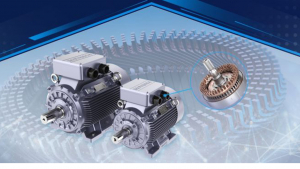
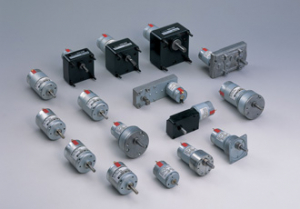
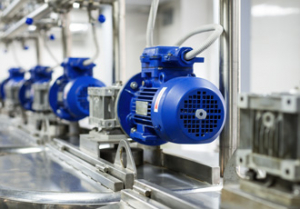
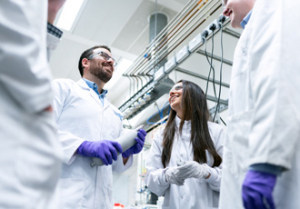







Write a comment
No comments